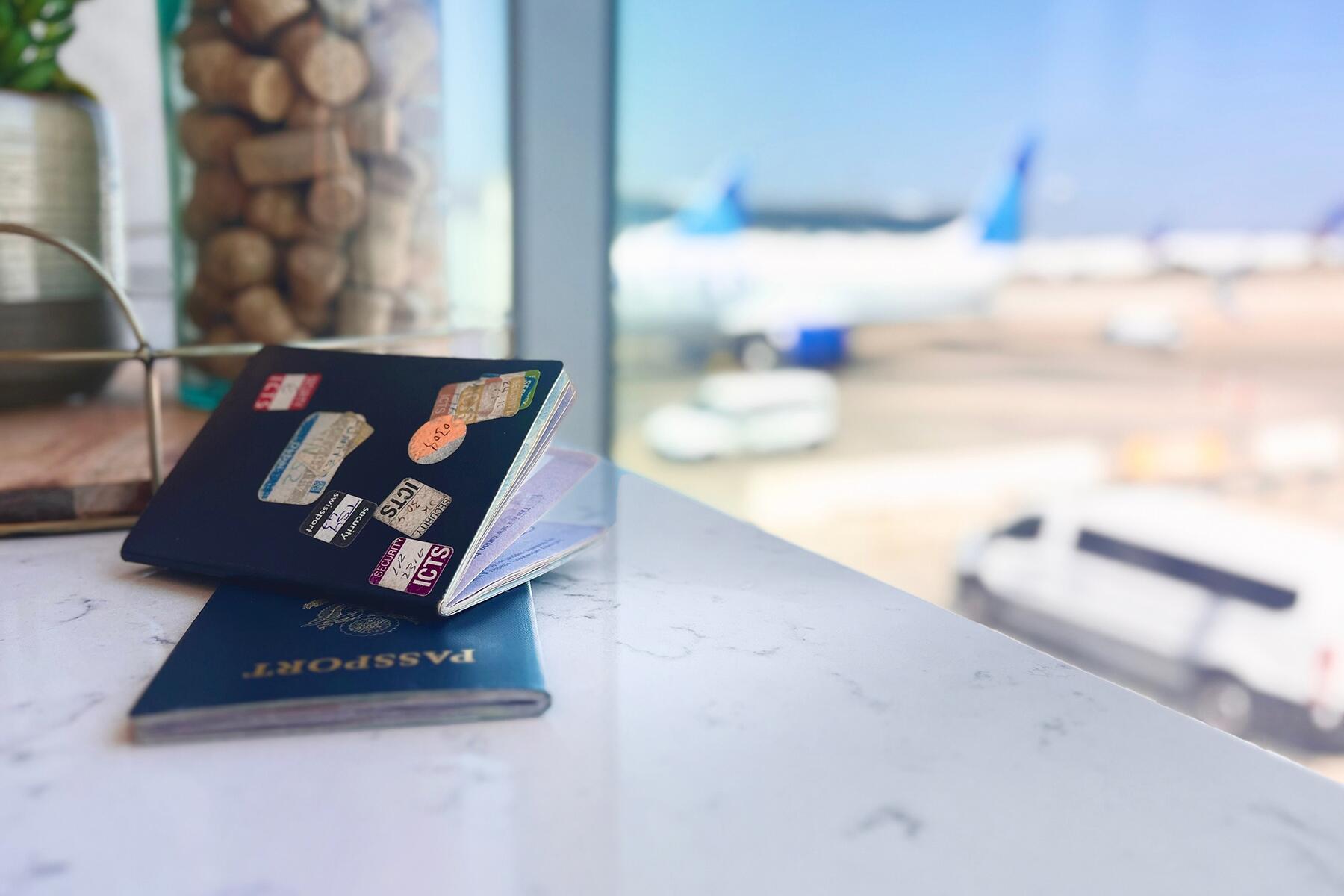Touring a new city gets pricey.
While there’s constant chatter about the expense of flights and hotels, what we don’t discuss enough is the bottom line of museums, walking tours, and other to-dos when visiting a new country. Climbing to the top of the Eiffel Tower? That sunset cruise along the Seine? A champagne tasting? Admission to the Louvre? It adds up. Thankfully I’ve discovered there are more cost-efficient ways to do all four of those Parisian pastimes, and it’s called Go City. Go City is an app where you pay a flat fee for access to dozens of activities like wine tastings, ghost tours, pastry classes, and theme park tickets. This discovery has saved me hundreds of dollars in Paris, New York, and Dubai. Here’s how it works.
First, Download the App
The app is where you can purchase passes and also store your Go City QR code, which gets scanned at entry. I usually hate anything that requires an app download, but this one is truly seamless. The design is user-friendly and gives you access to live location maps, insider travel tips, a search function for sourcing specific attractions, a tab with QR codes, an itinerary planner, and a messaging function if you need to contact customer service. You’ll also discover activities you may not have found otherwise: think wine and cheese tours, pastry classes, champagne tastings, fashion shows, and more.
Recommended Fodor’s Video
The Explorer Pass Starts at €59
Here’s where the money-saving begins. The Explorer Pass comes in customizable sets of two, three, four, five, or seven choice attractions. Prices can start at €59 for two attractions and end at €159 for seven, and while this may sound expensive upfront, let’s break down the cost. If you want to visit Disneyland Paris and take a guided tour of the Eiffel Tower and the Louvre, those three tickets will cost roughly €141. You could instead purchase the three-choice Explorer ticket for €99, which saves you €42.
The savings increase with additional passes, so, for example, you can save up to 131.50€ if you choose the five-choice option. Savings also fluctuate depending on which activities you select since some err on the more expensive side. Plus, there are several fun meal options included with this pass, like a five-course champagne lunch at Mordu in Paris which costs €60.50 if purchased independently (AKA, you can potentially save big bucks on good food).
Prices and options vary based on location, but it seems like €59 is the average starting rate for European destinations.
The All-Inclusive Pass Starts at €124
The all-inclusive functions the same as the explorer pass does, with one large caveat: you can visit as many attractions as you want per day, hence the all-inclusive title. Prices vary depending on the destination, but in Paris, you can choose a two, three, or four-day pass with prices starting at €124 and ending at €169. Here’s everything I did on a recent trip to Paris: an Eiffel Tower climb, the hop-on-hop-off bus, the Louvre, a Seine River cruise, Palace of Versailles, a Parisian breakfast at Cafe Louise, the Rodin Museum, a Montmartre & Sacré Coeur walking tour, a Le Marais walking tour, and a fashion show (lol). The typical total cost for all of that? €227.90. The four-day all-inclusive pass? €169, which means I saved €58.90.
The Explorer vs. The All-Inclusive
The Explorer Pass is for travelers who want to visit the basics, like the Statue of Liberty in New York or the Burj Khalifa in Dubai. It’s also great if you want to see major sites but prefer wandering and are only in a city for a limited amount of time. I had a day in Dubai and was able to visit the Burj Khalifa, Ferrari World, and do a desert camel trek with the Explorer option. The Dubai pass was expensive (roughly $181), but the desert camel trek cost $93, the Burj Khalifa cost $44, and Ferrari World cost $84, which means I still saved $40.
The All-Inclusive Pass is for travelers who, like me, jam-pack their schedule with three, four, or five attractions per day. Relaxation? In this economy? I think not. I want to see and experience as much as I can, so being able to scan my QR code an unlimited number of times per day is massively helpful.
Hot Tip #1: The App Lets You Create an Itinerary
Not only is the Go City app great for saving money, but it’s also a wonderful organization tool! You can click the heart on the right-hand side of every activity to have it filed under your “favorites” section. This makes it so much easier to keep track of the activities you want to prioritize throughout your visit. There’s also a custom itinerary planner option in the “explore” section of the app.
Hot Tip #2: Reservations (Occasionally) Need to Be Made in Advance
You’ll notice a clock-and-pin-drop sign underneath the activity summary for some of the attractions available with your Go City pass. This just means that you need to pick a date and time window in advance. Simply follow the link that Go City provides to make that reservation. (I’ve noticed, particularly in Paris, that many museums now require a reservation to keep visitor count minimal as to encourage social distancing and to help curb the spread of COVID-19.) I write this as a subhead because guess who showed up at the Louvre sans reservation and was turned away as a result? This girl. Don’t be me. Pay attention to that reservation required sign.
Hot Tip #3: Some Attractions Will Require a Physical Pass
While my all-inclusive QR code was sufficient for Dubai and New York, I did have to pick up a physical Paris museum pass. I was able to grab mine from the Bis Bus Information Center (this pickup spot was a 10-minute walk from my hotel, although locations may vary). Make sure to carry said physical pass with you at all times! It’s a bit unclear where you need to show it. I needed it for the Musée Rodin but not the Picasso Museum, for example.




